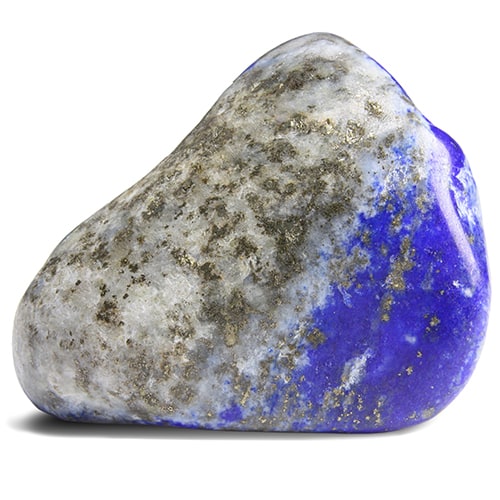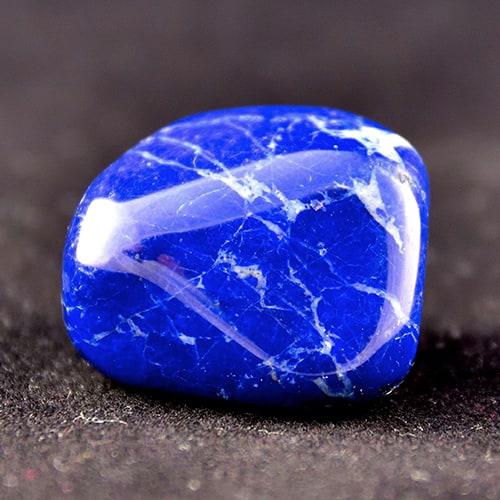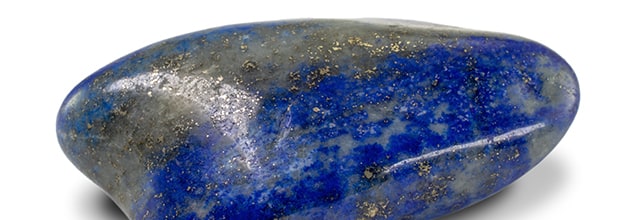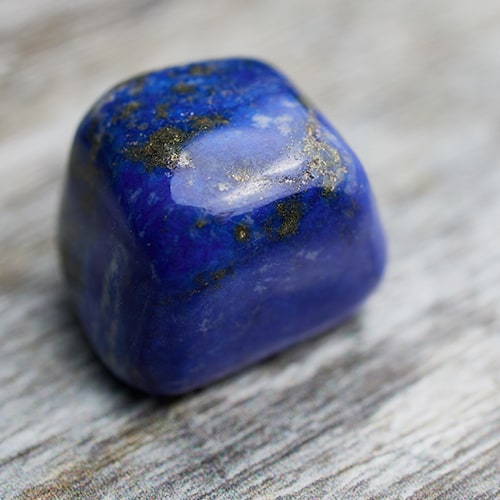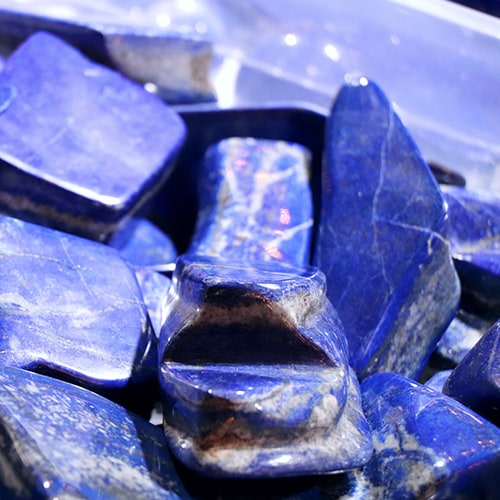Lapis Lazuli Stone Meaning and General Information
Lapis Lazuli is one of the most searched-after stones being used since man’s set of experiences started. It is a symbol of wisdom and truth. Its profound, divine blue remains the image of sovereignty and honor, divine beings and force, soul, and vision. It is a general image of intelligence and truth.
In ancient times, Lapis was highly regarded for its stunning color and the valuable ultramarine pigment it produced. Its name is derived from the Latin word “lapis” meaning stone. Lapis is a rock composed of various minerals that exhibits a rich range of blues with flecks of gold. Lower quality has a lighter blue hue with more white specks, sometimes called denim Lapis.
Among the most profoundly valued accolades paid to Egypt from the most seasoned mines on the plane. Referred to in the Old Testament as sapphire, Lapis Lazuli is doubtlessly the fifth stone in the first breastplate of the High Priest.
It was utilized widely in scarabs, pendants, and other adornments and ground into powder for colors, eye shadow, and restorative elixirs. This profound cobalt blue shading was a spiritual difference from their bone-dry desert tints in the dry, desolate place known for the Egyptians. The gold specks resembled stars in their evening sky, and by pondering these shadings, they felt otherworldly powers would change their lives. The articles of clothing of clerics and sovereignty were colored with Lapis to show their status as divine beings themselves.
In old Persia and pre-Columbian America, Lapis was an image of the brilliant night and a most loved stone of the Islamic Orient for insurance from the hostile stare. It was accepted to check the wiles of the spirits of obscurity and obtain the guide and favor of the spirits of light and insight in ancient times. Ground and prepared into powder, it delivered the extreme, however costly, ultramarine shading. Buddhists prescribed Lapis as a stone to bring internal harmony and opportunity from a negative idea.





